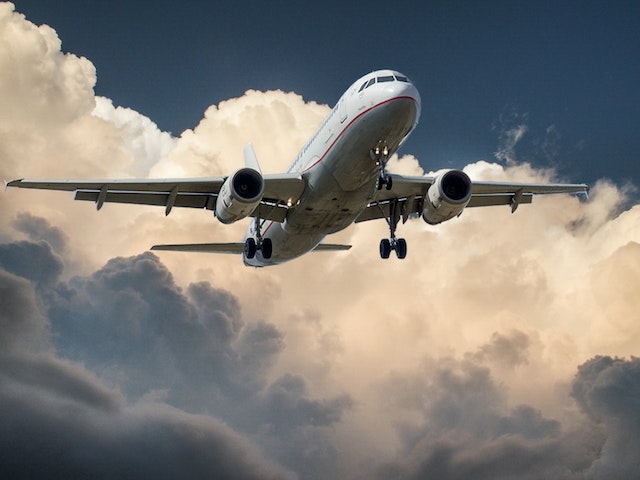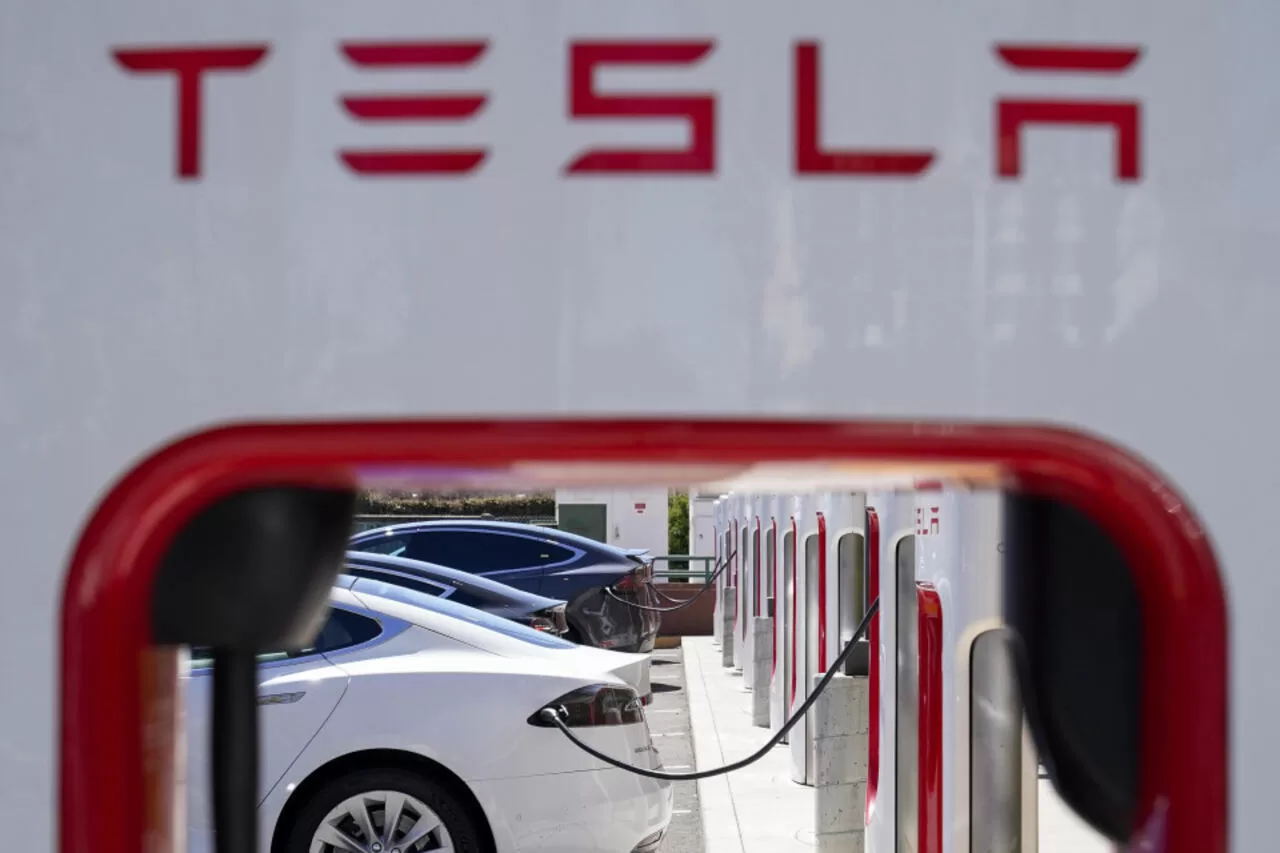Air travel has been a vital part of our modern world for decades. However, as the population and demand for air travel continue to grow, the problem of flight congestion becomes increasingly pronounced. This congestion not only causes delays and inconvenience for passengers but also has a significant environmental impact. In this article, we will explore the future of flight A Congestion Killing Aircraft and the potential of a new type of aircraft that aims to kill congestion and reduce the environmental impact of air travel.
The aviation industry is facing a growing problem: congestion. Air traffic is increasing at an unprecedented rate, with more and more flights taking off and landing each day. This not only causes delays and cancellations but also has a significant impact on the environment. To address this issue, there is a need for more efficient and sustainable aircraft that can reduce congestion and minimize their impact on the planet.
The Problem of Flight Congestion
Flight congestion is a significant problem that affects airports and air traffic control systems around the world. It causes delays, increased fuel consumption, and higher emissions. In addition, as the population and demand for air travel continue to grow, the problem is only expected to get worse. The Federal Aviation Administration (FAA) predicts that by 2040, the number of annual passengers in the US alone will nearly double to 1.3 billion.
Air traffic congestion is a major problem that affects not only passengers but also the environment and the economy. According to the International Air Transport Association (IATA), the number of air passengers is expected to double by 2037, which will put even more pressure on already congested airspace. This results in delays and cancellations, which can cause frustration and financial losses for passengers, airlines, and airports. Additionally, the increase in air traffic also contributes to greenhouse gas emissions and noise pollution.
The Need for More Efficient and Sustainable Aircraft
To address these issues, there is a need for more efficient and sustainable aircraft that can reduce congestion and minimize their impact on the environment. These aircraft must be able to fly faster, higher, and farther than current aircraft, while also being more fuel-efficient and emitting fewer emissions.
An alternative solution is the development of supersonic aircraft. Supersonic aircraft are capable of flying faster than the speed of sound, which would significantly reduce the amount of time it takes to travel between destinations. This would not only reduce congestion but also minimize the impact of air travel on the environment by reducing the number of flights needed to transport the same number of passengers.
Another solution is the development of electric and hybrid-electric aircraft. Electric and hybrid-electric aircraft are more fuel-efficient than current aircraft and emit significantly less emissions. This would not only reduce congestion but also help to mitigate the impact of air travel on the environment.
Advanced Technologies for Congestion Killing Aircraft
The congestion-killing aircraft of the future will rely on advanced technologies to achieve their goals. These may include:
- Electric propulsion systems, which would reduce emissions and noise pollution
- Autonomous flight systems, which would increase efficiency and reduce the need for human pilots
- Advanced materials, such as composites, which would make the aircraft lighter and more fuel-efficient
Challenges and Opportunities of Congestion Killing Aircraft
The development of congestion-killing aircraft presents both challenges and opportunities. On the one hand, the cost of research and development for these aircraft is likely to be high. On the other hand, the potential benefits in terms of reduced congestion and environmental impact make it a worthwhile investment. Additionally, with the growth in the air travel industry, the demand for these aircraft is likely to increase in the future.
Despite the potential benefits of supersonic and electric/hybrid-electric aircraft, there are still many challenges that must be overcome before these aircraft can become a reality. For example, supersonic aircraft are currently much more expensive to develop and operate than current aircraft, and there are still many technical challenges that need to be overcome before they can be safely operated in congested airspace. Electric and hybrid-electric aircraft also face significant challenges, such as the need for more efficient batteries and the development of more powerful electric motors.
Conclusion
Flight congestion is a significant problem that affects airports and air traffic control systems around the world. However, the development of congestion-killing aircraft presents a solution to this problem. These aircraft would be able to fly at higher altitudes, reducing their environmental impact, and have a larger capacity than traditional aircraft. Advanced technologies such as electric propulsion systems, autonomous flight systems, and advanced materials will be essential for the development of these aircraft. The challenges and opportunities presented by this technology are significant, but the potential benefits make it a worthwhile investment for the future of air travel.




